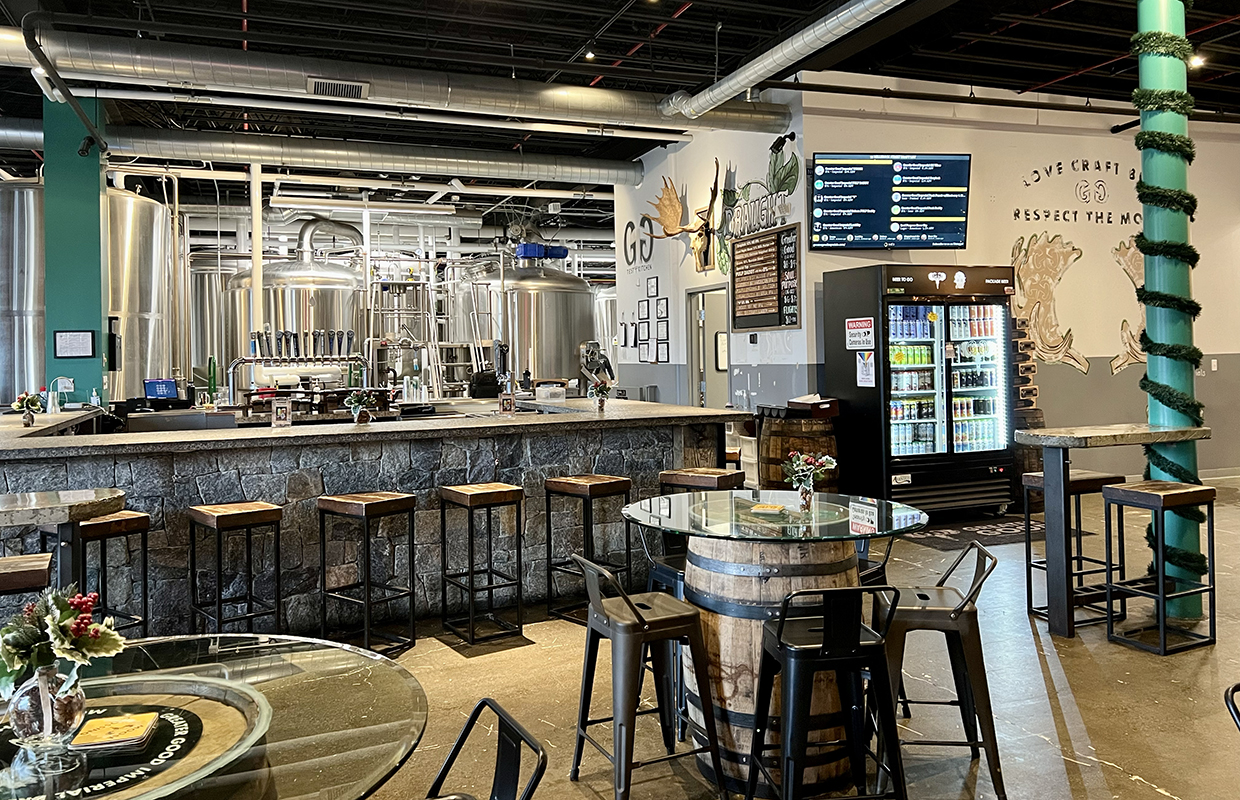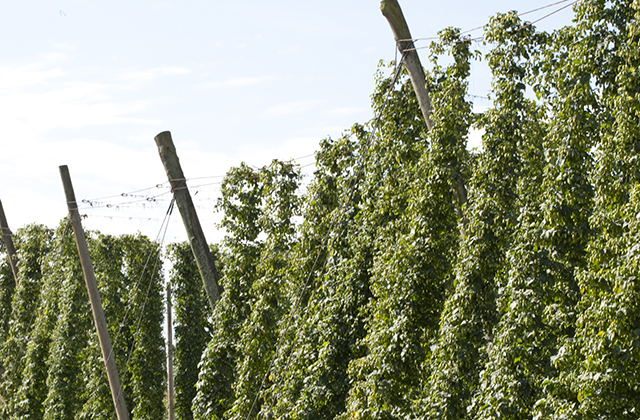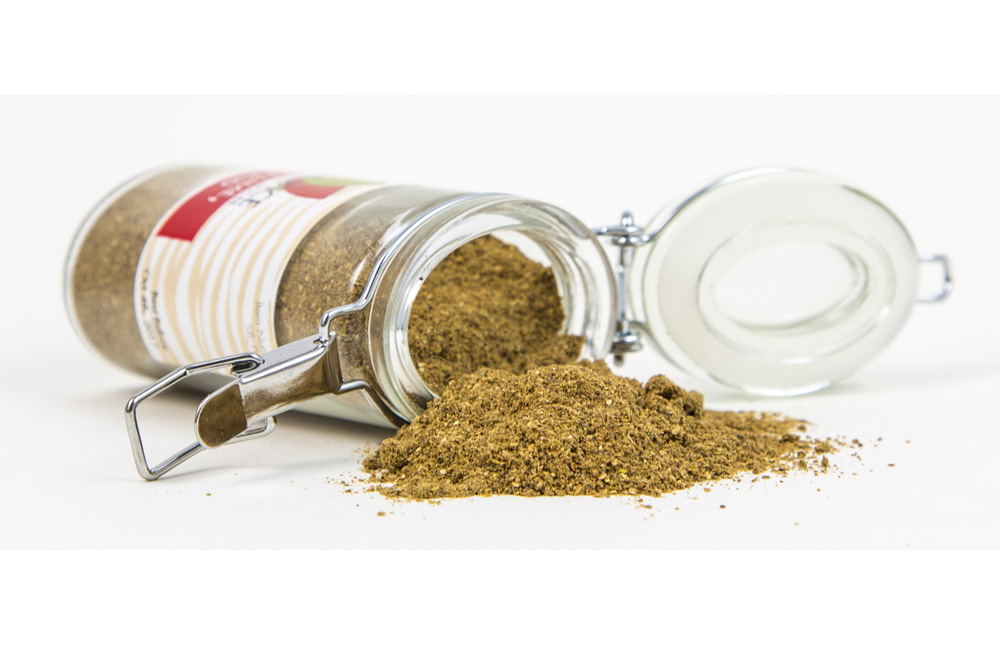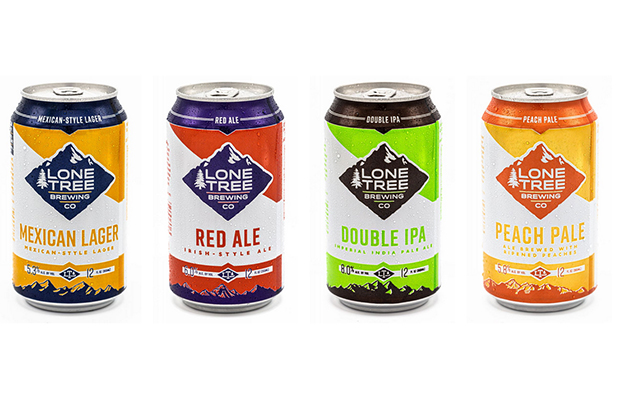
Craft beer industry growth patterns have shifted and instead of a goal to blanket the country with a product or branding, many newer breweries instead are looking to “get rich in their niche.”
A prime example that comes to mind is a sour beer facility like Cincinnati’s Urban Artifact. Another that is emerging is Worcester, Massachusetts’ Greater Good Imperial Brewing. The brewery has labeled itself as America’s first All-Imperial brewing company with no product made under 8% ABV. It has gained a following and has grown greatly since opening in 2018, reaching more than 12,000 barrels per year with a six-state reach. It has also recently attracted outside talent with the hiring of Colleen Quinn to be the brewery’s first Chief Commercial Officer.
“I have a stated aspiration for the team that we want to get to a 50% share of the high-ABV beer market,” she told Brewer. “That is how I believe we will know that we are truly the authority on Imperial beers.
“We want to do that, obviously, first within our existing footprint. So by my estimation — and it’s sometimes tough to triangulate some of these numbers because they’re not readily tracked in kind of the Imperial beer segment — we’re probably between 20-25% share of Imperial beers in our home state of Massachusetts. There is still room to go to get to that 50 share/authority position, but I think proving that out and showing that we can get there in our existing footprint, we’ll be exploring new opportunities.”
Quinn said some of her goals for 2022 is to develop a marketing plan to help explain to both types of consumers, craft-centric and non.
“I think we’re still working on explaining it,” she told Brewer, adding that they are about a month away from finishing a consumer research project.
“Within craft … and beer overall, I think we’ve tended to get into our industry echo chamber a little bit and talk a little bit too technically or too much as if we’re talking to other folks in the industry, rather than talking to consumers,” she said. “We’re trying to make sure that we really test our messaging directly with consumers so that we can sharpen that.
“I think there’s a phenomenal message around Imperial beers being very approachable and drinkable. Sometimes the way we make them — they’re so smooth, a little bit sweeter — we really mellow out the bitterness because of the higher ABV and the great work that our brewers put in. When I’ve even talked to friends about Imperial beers over the years, they’ll be initially pretty scared. But once you get them trying it, and explaining that it’s a lot smoother than they might anticipate, given the high ABV, that starts to win them over.”
READ MORE: Greater Good Imperial Brewing Welcomes Quinn as new CCO
The brewery is focusing more on the off-premise market, understanding that on-premise sales may be low in volume due to the inability of a consumer to have a lot of the beers in a sitting, but Greater Good is beefing up off-premise tastings and events to help explain the beers better.
“I actually think the best way to explain it to consumers is just to let them try it and let them ask questions and go from there,” Quinn said.
The next step for the brand is to more specifically identify markets in the country that will be receptive to the brand and its niche products rather than branch out state-by-state in a typical fashion.
Quinn feels that having a variety of IPAs in the initial portfolio during a launch is key — starting with its flagship Pulp Daddy coupled with its 12% ABV IPA Greylock as a clear No. 2 seller — but having some variety is key as an introduction without inundating a retailer or wholesaler.
“You don’t want to inundate the consumers with a ton of options where you’re just kind of stepping on your own toes there,” she said. “We launch with a narrower portfolio, typically — Pulp Daddy, Greylock, and maybe our seasonal lineup and one other beer is kind of the initial opening package — and then expand from there as the market develops, and we gain market share.
“We have a pretty large portfolio and are really trying to make sure that we’re still providing the variety and diversity that craft consumers want — just at that higher ABV level.”
Prior to joining Greater Good, Quinn spent five years at Craft Brew Alliance (CBA) in a variety of roles, including leading strategy, mergers & acquisitions, and eventually leading its East Coast business as General Manager. After CBA was acquired by Anheuser Busch, Colleen joined as head of strategy for the combined 21-brewery craft business unit. Shortly after, Quinn started her own consulting company, Second Sip Beverage Consulting.
“I’ve kind of built my career being somebody who isn’t scared to zig when other people are zagging,” she said. “I think in this situation, I would rather go a different direction than the other 9,000 craft breweries out there.
“If you can do something different, and do it well, and really claim ownership over a niche position … Imperial beers aren’t the largest segment of craft, but if you can own and dominate a smaller segment of the industry because we’re so uniquely positioned to do that. That’s a big growth opportunity, for sure.”






Be the first to comment